On Incrementalism As The Primary Method For Change In Education
Incrementalism is the process of change by small degrees. Gradualism. This is also the process education has chosen for improvement.
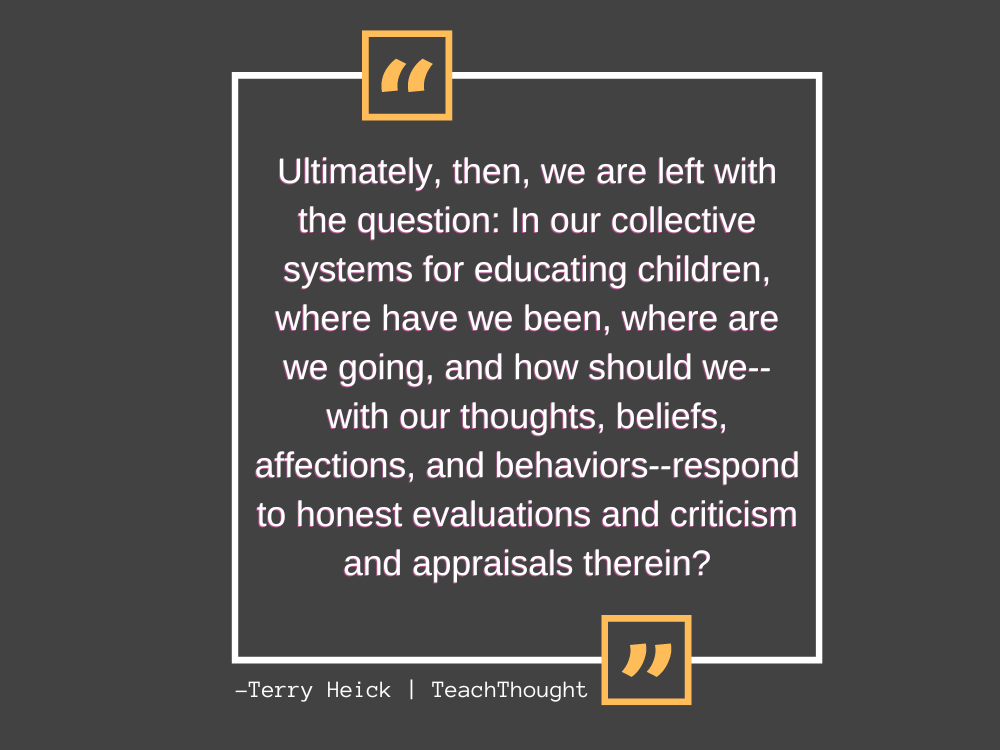
Incrementalism is the process of change by small degrees. Gradualism. This is also the process education has chosen for improvement.

The world is changing — let schools become something that works for children, something that visibly improves the arc of their lives.
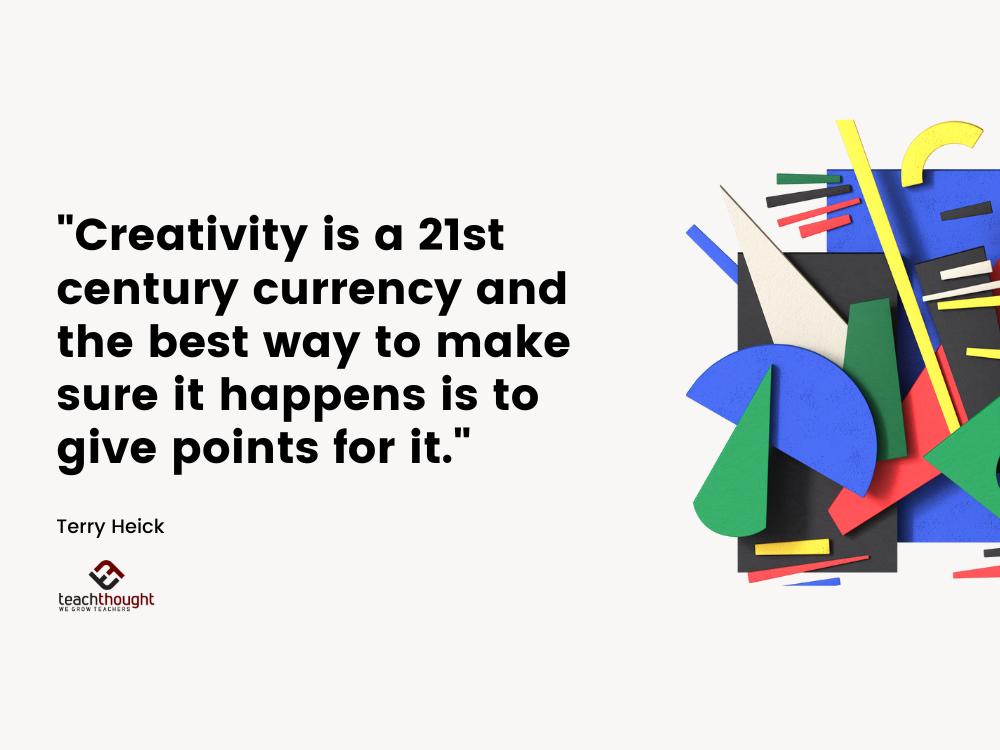
Creativity is a 21st-century teaching and learning currency–and the best way to make sure it happens is to give points for it.
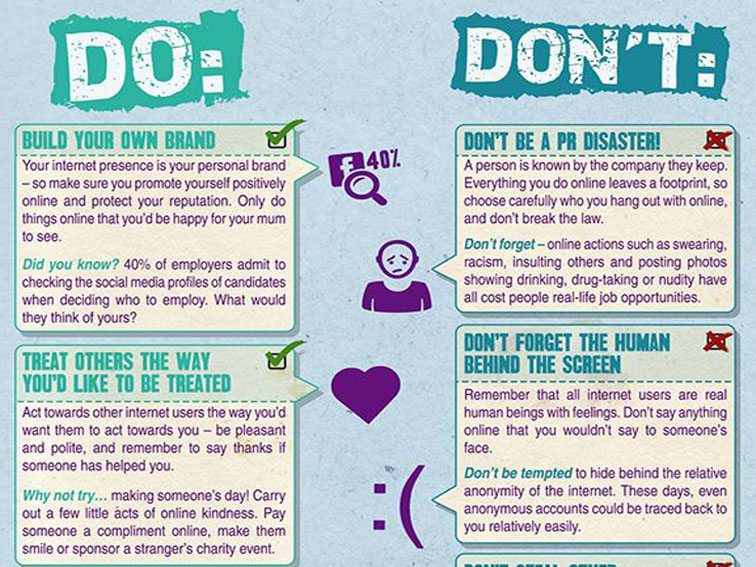
The definition of digital citizenship has to do with the quality of behaviors that impact the quality of digital content and communities.
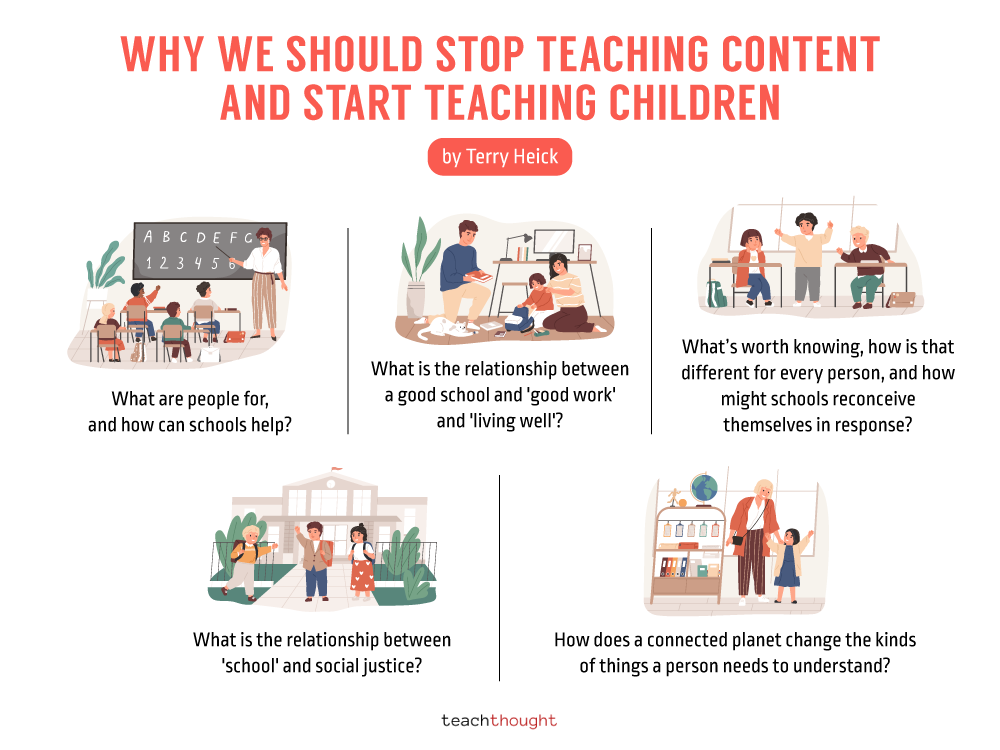
How is education changing? From blended learning to social justice, here are 20 questions to clarify your teaching for 2023.
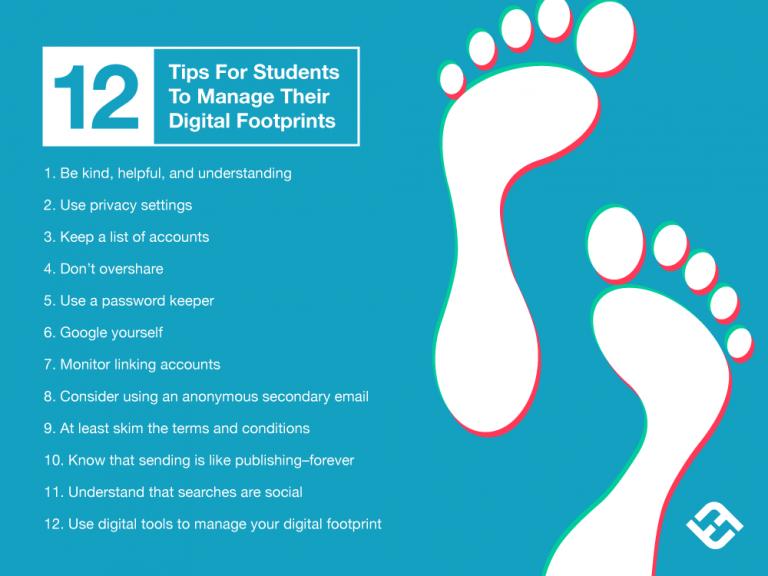
Helping students learn to manage their digital footprints starts with helping them understand how they’re vulnerable, then how to address it.
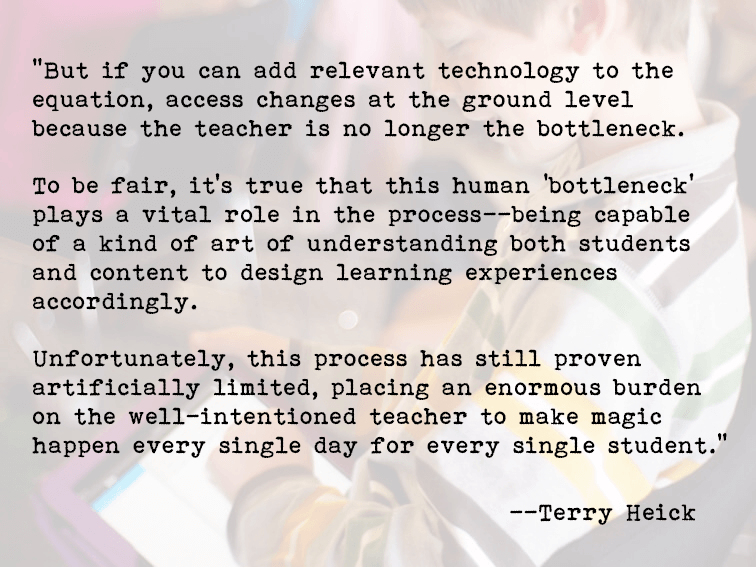
Challenges with privacy, cost, and using new tools in old learning models can make things worse for teachers and students, not better.
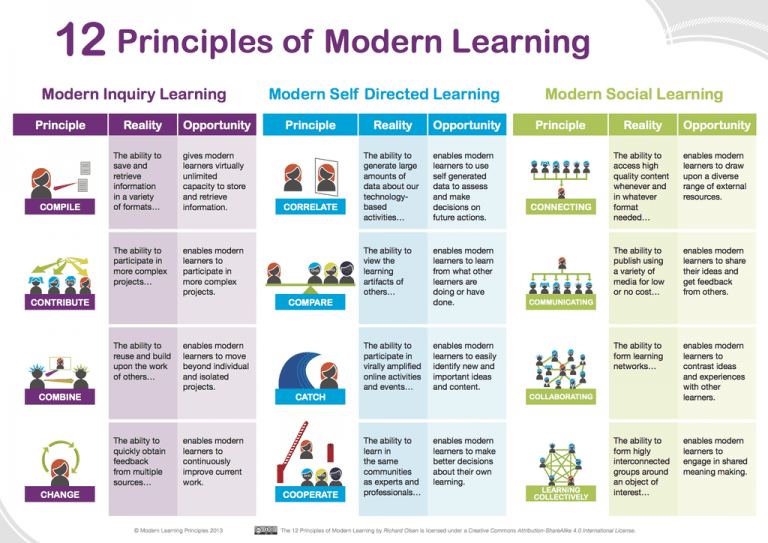
One principle of modern learning is Opportunity, which enables modern learners to use self-generated data to assess and make decisions on future actions.
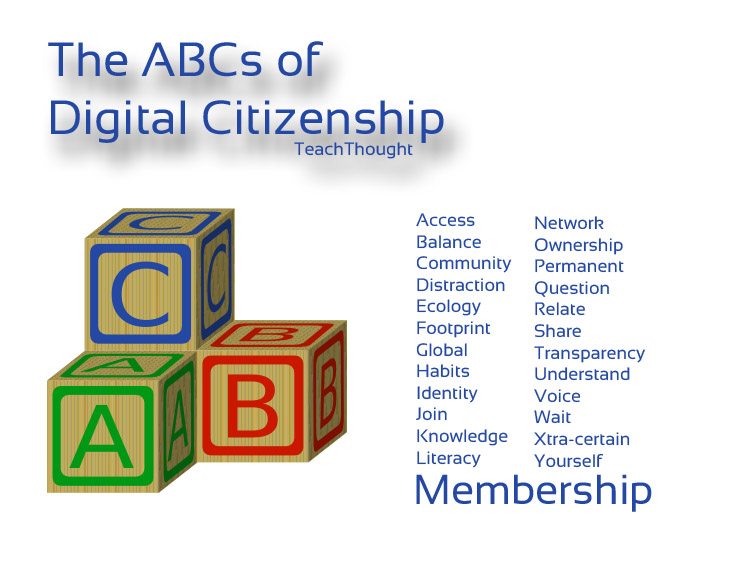
Here are the ABCs of digital citizenship, framed in an alpha blocks format. We’ve bolded those that focused on actions of the students.

One idea for evolving school? Well-being-focused systems of teaching and learning that emphasize reasoning and cognitive behavior.

Digital Citizenship is the quality of habits, actions, and consumption patterns that impact the ecology of digital content and communities.

The ultimate perk of learning through social networks is creation of independent learners who can adapt to changing contexts.
End of content
End of content